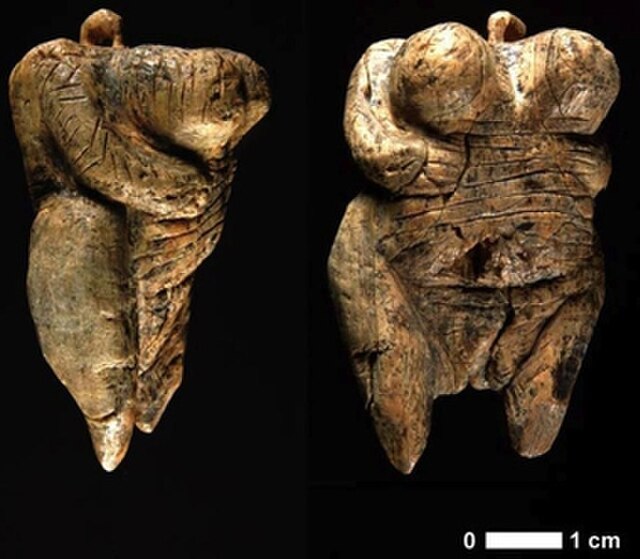Relief is a sculptural method in which the sculpted pieces remain attached to a solid background of the same material. The term relief is from the Latin verb relevare, to raise. To create a sculpture in relief is to give the impression that the sculpted material has been raised above the background plane. When a relief is carved into a flat surface of stone or wood, the field is actually lowered, leaving the unsculpted areas seeming higher. The approach requires a lot of chiselling away of the background, which takes a long time. On the other hand, a relief saves forming the rear of a subject, and is less fragile and more securely fixed than a sculpture in the round, especially one of a standing figure where the ankles are a potential weak point, particularly in stone. In other materials such as metal, clay, plaster stucco, ceramics or papier-mâché the form can be simply added to or raised up from the background. Monumental bronze reliefs are made by casting.

Side view of Lorenzo Ghiberti's cast gilt-bronze Gates of Paradise at the Florence Baptistery in Florence, Italy, combining high-relief main figures with backgrounds mostly in low relief.
A common mixture of high and low relief, in the Roman Ara Pacis, placed to be seen from below. Low relief background
A low-relief dating to c. 2000 BC, from the kingdom of Simurrum, modern Iraq
"Blocked-out" unfinished low relief of Ahkenaten and Nefertiti; unfinished Greek and Persian high-reliefs show the same method of beginning a work.
Sculpture is the branch of the visual arts that operates in three dimensions. Sculpture is the three-dimensional art work which is physically presented in the dimensions of height, width and depth. It is one of the plastic arts. Durable sculptural processes originally used carving and modelling, in stone, metal, ceramics, wood and other materials but, since Modernism, there has been almost complete freedom of materials and process. A wide variety of materials may be worked by removal such as carving, assembled by welding or modelling, or moulded or cast.
Venus of Hohle Fels, Germany, oldest known sculpture of a human being, 42.000–40.000 BP
Dying Gaul, or The Capitoline Gaul, a Roman marble copy of a Hellenistic work of the late 3rd century BCE, Capitoline Museums, Rome
Assyrian lamassu gate guardian from Khorsabad, c. 800–721 BCE
Michelangelo's Moses, (c. 1513–1515), San Pietro in Vincoli, Rome, for the tomb of Pope Julius II








